Kyoto carries a deep past. This city once served as the country’s capital and the emperor’s residence throughout the Nara, Heian, and Meiji Periods. Despite Kyoto being torn down by innumerable wars and fires over the centuries, historically priceless structures in the city remain still.
History and modernity collide into Kyoto’s appeal in these times. After all, a statement often associated with Kyoto goes along the lines of, “This is where you’ll experience the real traditional Japan”. Unravel the ancient city’s allure; lush parks, geishas and maikos (apprentice geisha) dressed in captivating kimonos strolling around, sliding doors, and more. Here’s an insight into Kyoto, including the activities you are recommended to do.
Japan Guide: Insight into Kyoto
KYOTO’S TRADITIONS
Gion geisha district
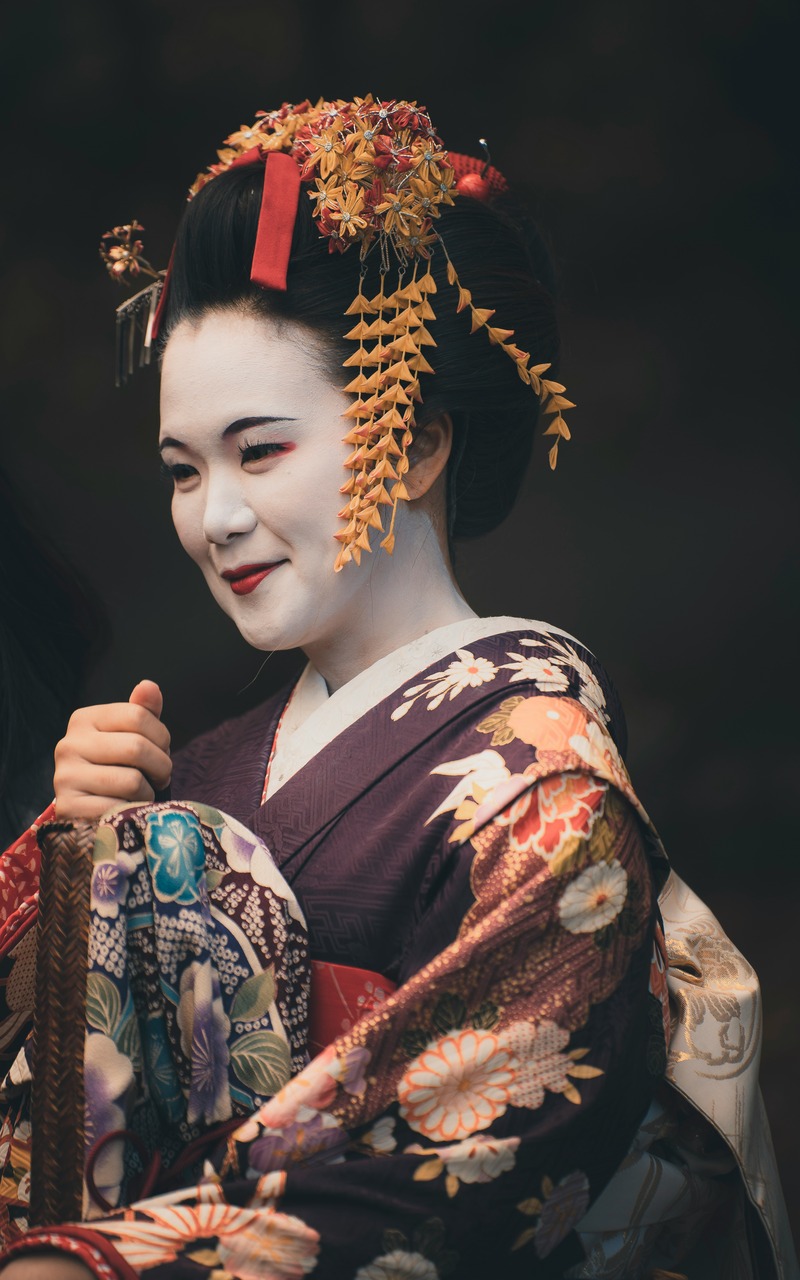
Revel in the realm of the geisha and maiko at Kyoto's most famous geisha district, Gion. The skilled female entertainers, along with Gion’s narrow streets lined with traditional wooden buildings gleam through the warm ray of paper lanterns, are manifestations of Japanese culture and grace. You can spot these ladies in the early evening while they walk down towards appointments at teahouses.
Public bathhouses
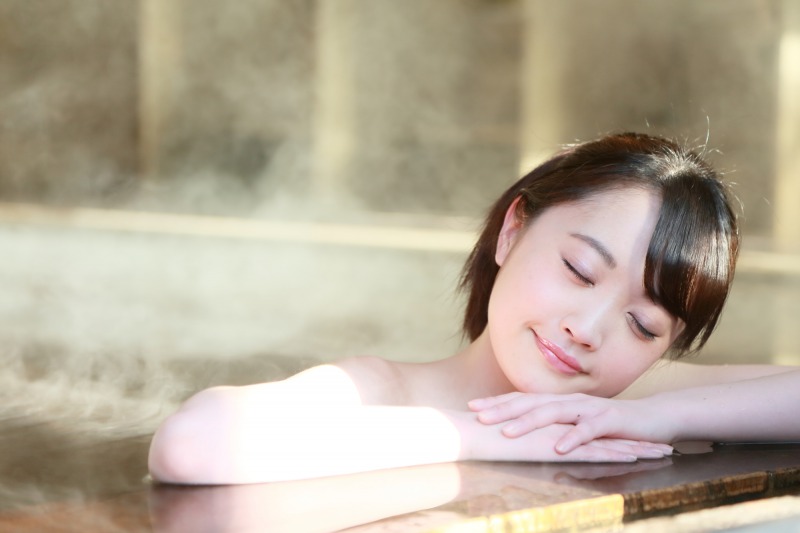
Hakusan-yu Rokujo and Hakusan-yu Takatsuji are Kyoto’s “sento” (public bathhouses) that offer a traditional Japanese bathhouse experience, perfect for unwinding and immersing yourself in local culture. Hakusan-yu Rokujo boasts a spacious layout, indoor and open-air baths, a sauna, a jet bath, and a cold bath. The open-air bath is available in the mornings. Moreover, Hakusan-yu Takatsuji offers a more traditional experience with indoor baths, a high-temperature sauna, and a cold bath.
WAK JAPAN
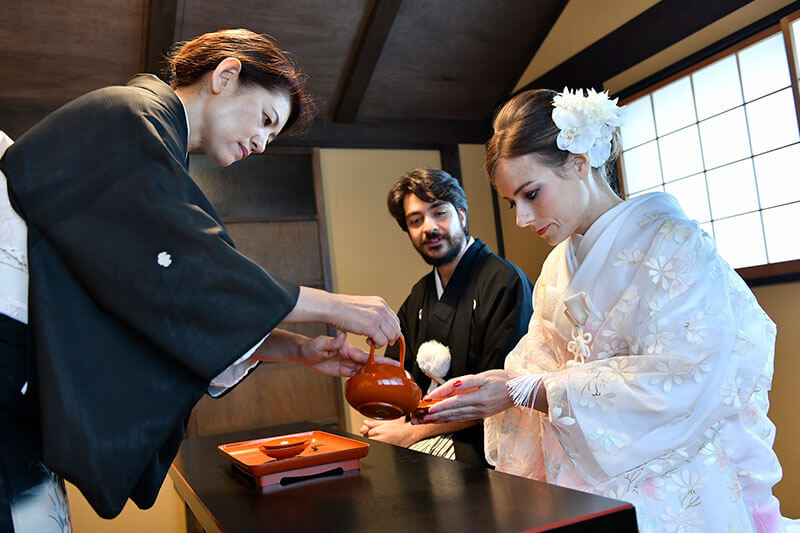
Take the Karasuma subway line to Marutamachi station, and walk towards WAK JAPAN. Immerse yourself in courses or observe masterful demonstrations by some of Kyoto’s most skilled craftspeople at this centre of traditional Japanese arts. Tea ceremonies, flower arrangements, calligraphy, origami, taiko drumming, Japanese cooking and dance are some Japanese aspects to observe here. Furthermore, food and sake tasting are on the table. Be sure to make a reservation for your course or demonstration.
Operational Hours: Daily, 9 AM to 5:30 PM
Traditional Japanese performing arts
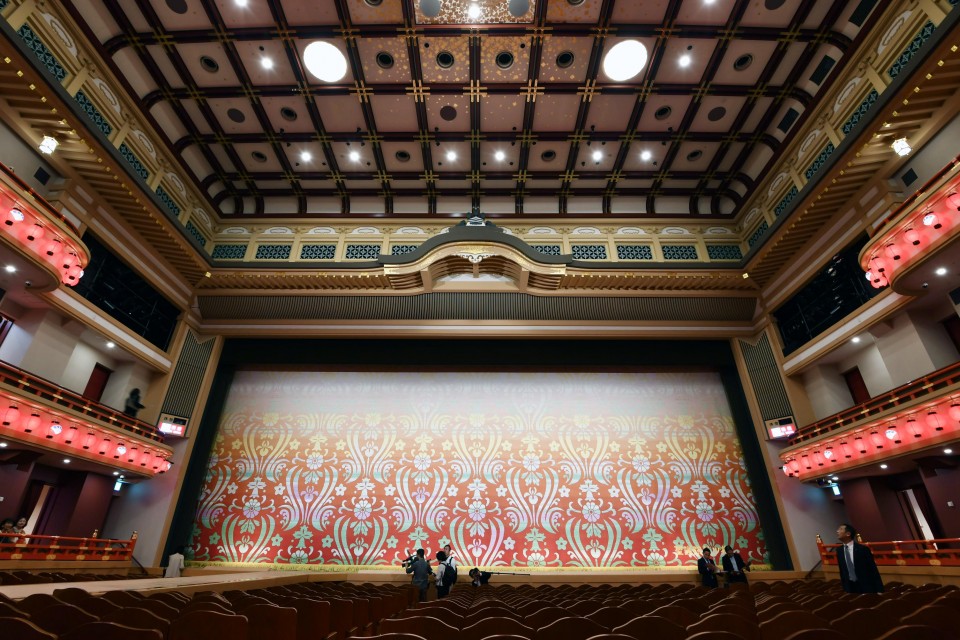
Be in awe and entertained by popular stage dramas in a traditional Japanese theatre. Catch sight of Japan’s performing arts at these places:
Kyoto Minami-za is notable for experiencing Kabuki theatre.
Gion Corner offers performances in seven professional performing art genres: Kyogen classical comedy, kyomai dance, gagaku, koto harp, bunraku puppet theatre, tea ceremony, and flower arrangement.
The Kamogawa Odori event at Pontocho Kaburenjo Theatre houses geishas performing classical dances and musical recitals.
KYOTO’S HISTORY
Sacred sites
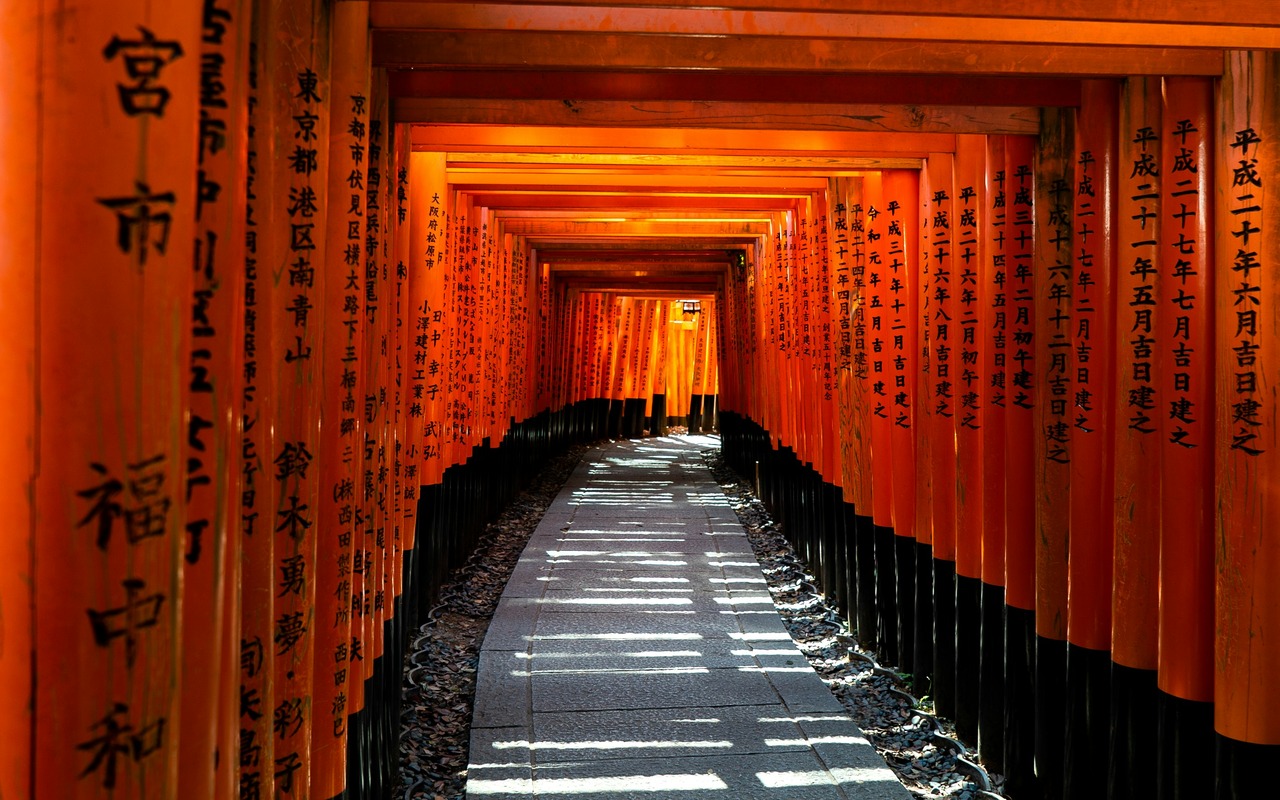
Countless temples and shrines are in the vicinity of Japan. In the “City of a Thousand Temples”, incense scents immensely blow from these worshipping sites deeply imbued in centuries of spiritual tradition. Kyoto's sacred sites are a unique blend of history, charm, and serenity perfect for meditation and admiration. Every footstep you take amidst the mountaintop shrines and monks lingering in the gardens is the pathway to this city’s intricate story.
Some sites worth exploring are:
Fushimi Inari Shrine
Kiyomizu Temple
Ryoanji Temple and Rock Garden
Ginkakuji
Koto-in (Daitokuji)
Mibu Temple
Matsuo-taisha
Seimei Shrine
Nijo Castle
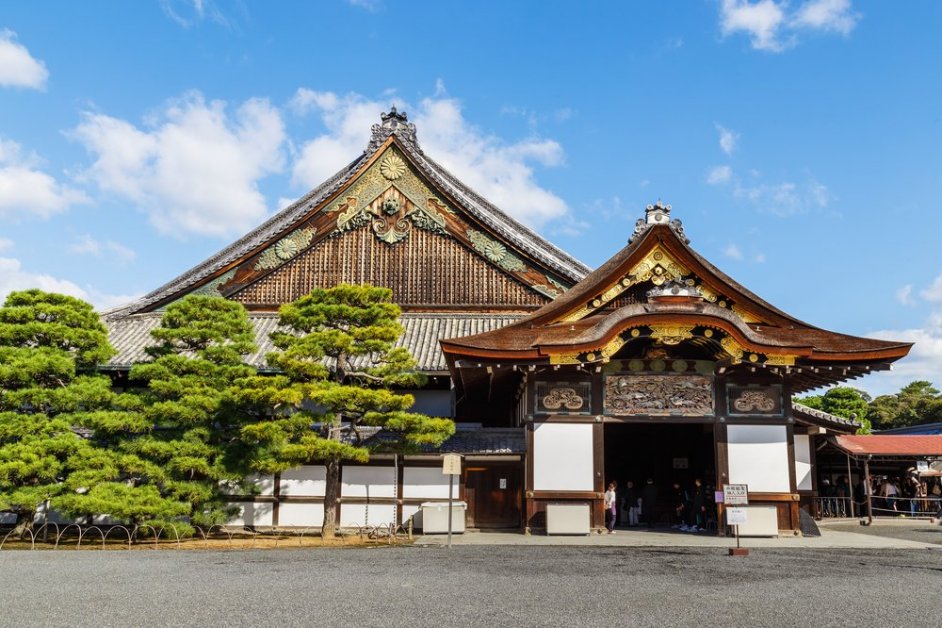
Built in 1603, Nijo Castle’s exterior, furnishing, and wood carvings have never undergone reconstruction. The Tokugawa Shogun called Nijo Castle his Kyoto Residence until he handed power over to the Emperor after ruling for 250 years. This UNESCO World is open for a glimpse. Go over the“nightingale floor”, famous for its name derived from the squeaking floorboards that made it difficult for intruders to sneak in towards the grand chambers.
Operational Hours: Daily, 8:45 AM to 5 PM (closed on Tuesdays in January, July, August, and December)
Museums
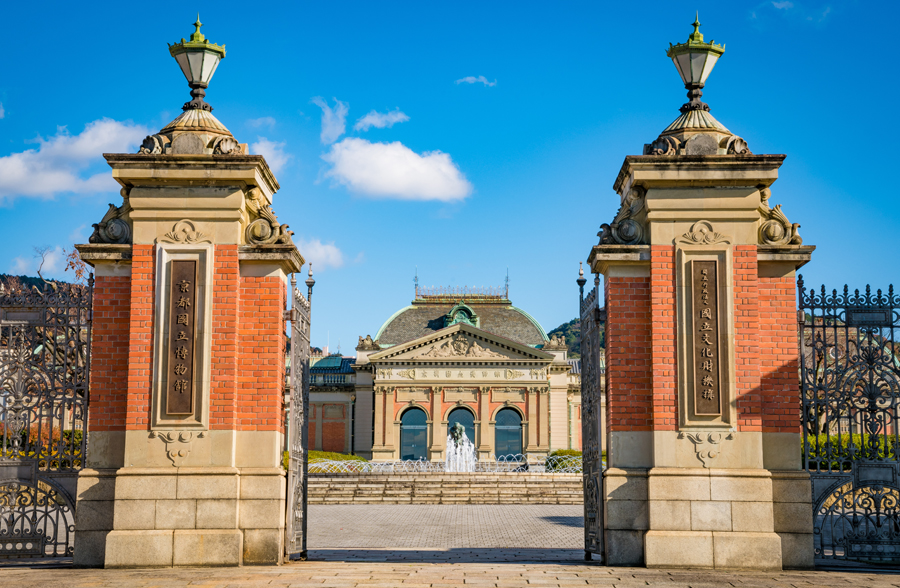
As a treasure trove, Kyoto’s artistic heritage and cutting-edge innovations cater to both history buffs and art enthusiasts. Samurai armour, ancient scrolls, calligraphy, and kimonos, as well as bullet trains and futuristic robots, are displayed in museums. The following museums are pronounced for a visit:
Kyoto Imperial Palace
Kyoto National Museum
Kyoto Prefectural Office
Okochi Sanso
Kyoto Prefectural Insho-Domoto Museum of Fine Arts
The Museum of Kyoto
Kyoto Museum of Traditional Crafts
Ninenzaka and Sannenzaka streets
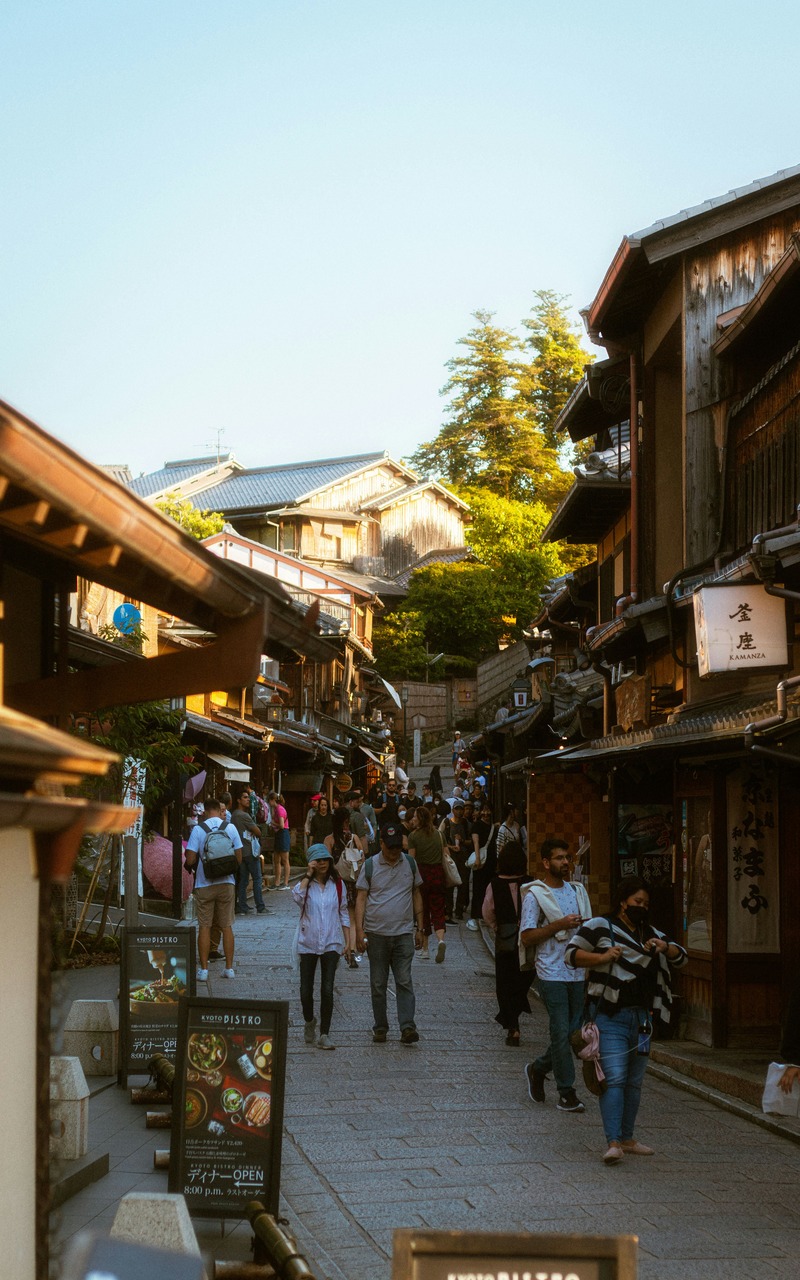
Situated in the Higashiyama district beholds two endearing traditional streets, known as Ninenzaka and Sannenzaka. A peek of old Kyoto exudes through these hilly narrow streets that are lined with various traditional shops selling kimono, ceramics and local crafts. More so are restaurants offering local Kyoto specialities, such as yuba (tofu skin) or Kyo-yasai (Kyoto vegetables). Opt for early mornings or late evenings to avoid a throng of tourists during peak season.
KYOTO’S NATURAL BEAUTY
The Philosopher’s Path
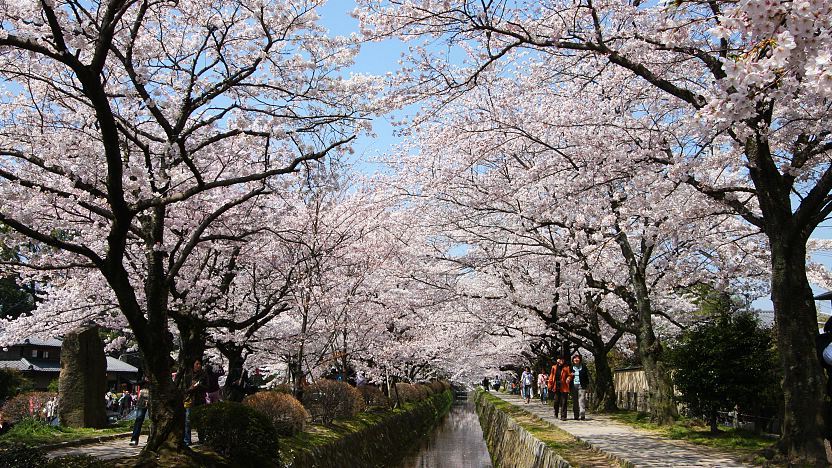
Famous Kyoto University scholar, Ikutaro Nishida, had a habit of taking his daily walk through the scenic route to keep fit, contemplate, and ponder. The walk (also known as Tetsugaku No Michi) follows a cherry-tree-lined canal leading from Ginkaku-ji, along the base of the Higashiyama Mountains, south to Nanzen-ji. Quaint cafes, craft shops, and restaurants now line the Philosopher’s Path. Stretching 1.9 km (a 30-minute walk), this area is flocked during the cherry blossom season.
Kyoto's gardens
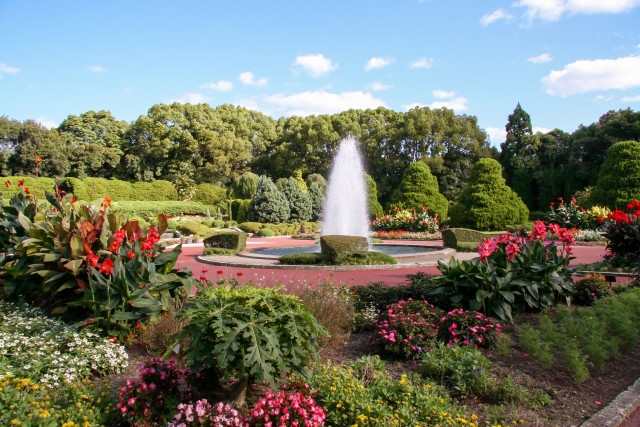
Eccentric and alluring public gardens are scattered throughout this ancient city. Nature lovers have the chance to learn about various flora and generally be wrapped in a tranquil oasis. A couple worth noting include:
Kyoto Botanical Garden features over 12,000 plant species from around the world.
Shinsen-en Garden has a large pond, Shinto shrines and a "Bridge of Wishes" to toss a coin and make a wish.
Arashiyama Bamboo Grove
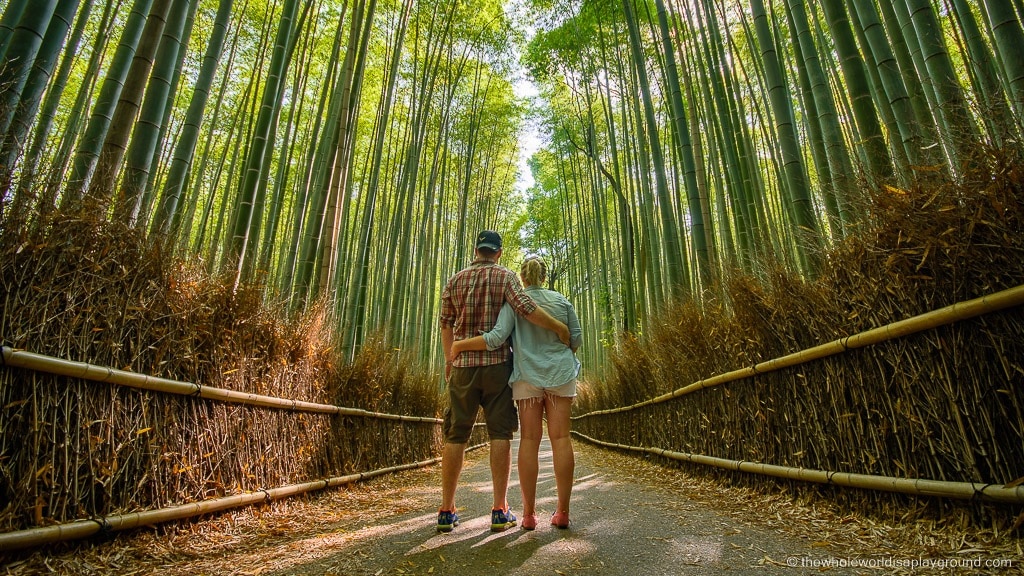
You’ve probably seen pictures of Arashiyama Bamboo Grove across the internet. Towering bamboo stalks tower western Kyoto from this iconic natural site, nestled at the foot of the Arashiyama Mountains. Mostly moso bamboo reaching up to 29.8 metres tall is found - even creates a natural tunnel that filters sunlight. To add to Arashiyama Bamboo Forest’s serenity is the sound of the wind rustling through the bamboo leaves.



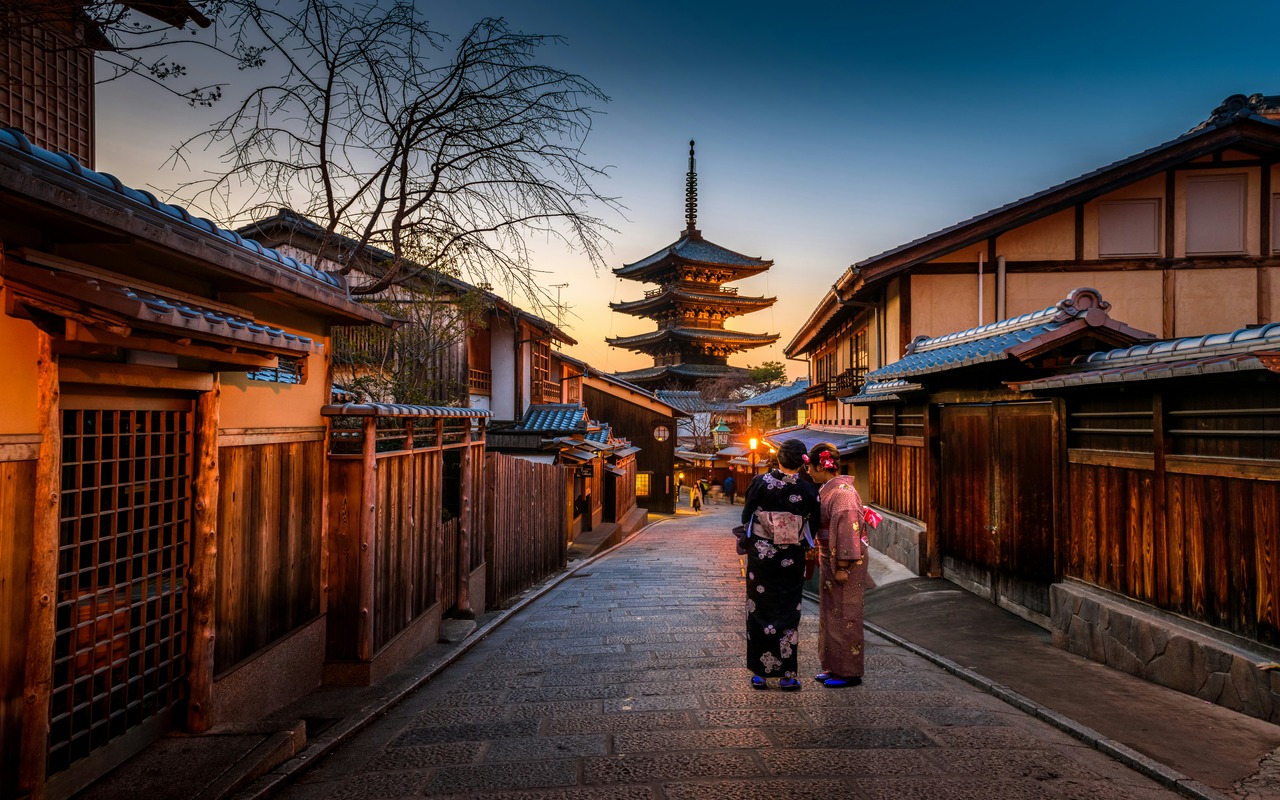
 Mirella Pandjaitan
Mirella Pandjaitan
 Dec 18, 2025
Dec 18, 2025